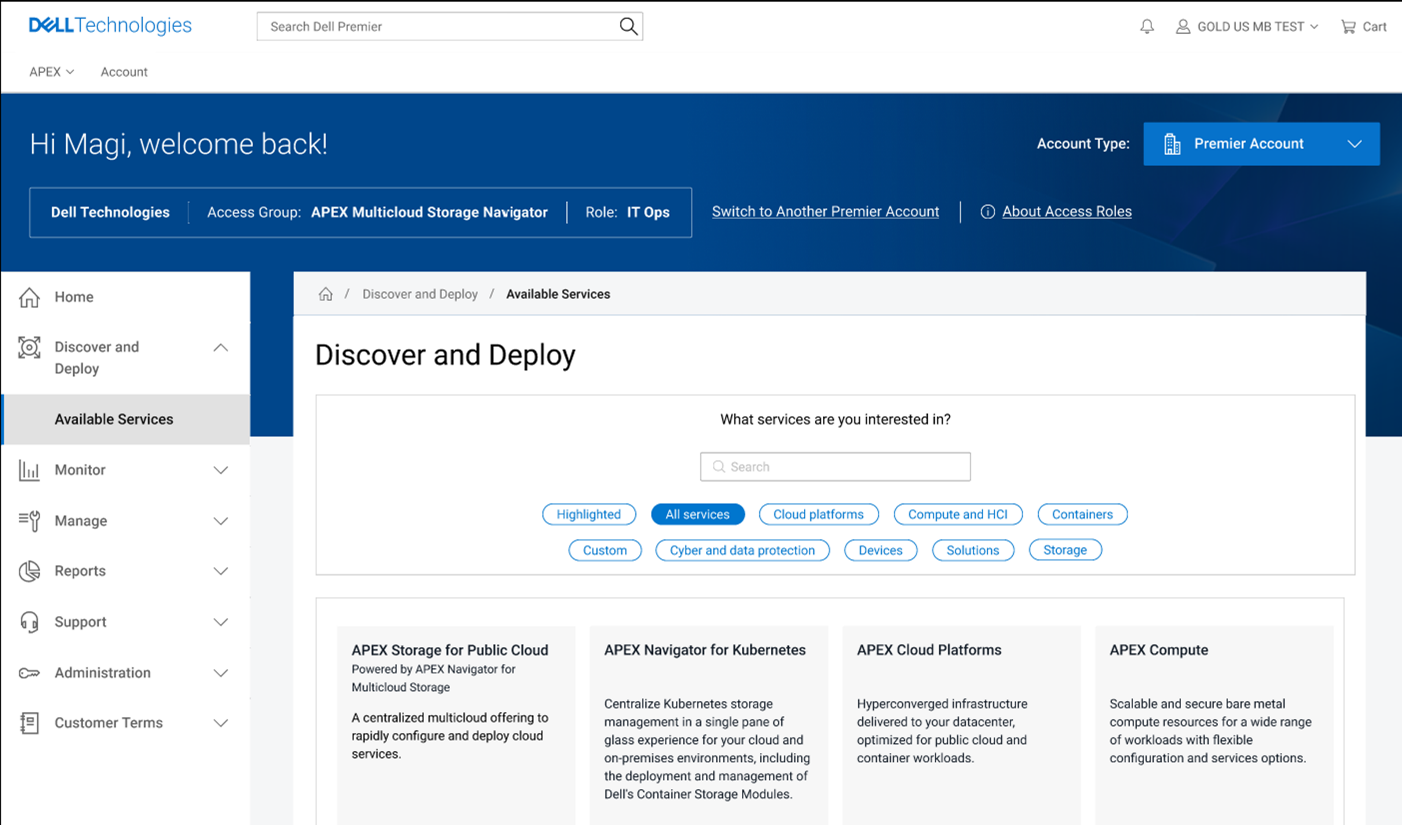
Now more than ever, we need to send workloads round trip—ground-to-cloud and cloud-to-ground—easily and seamlessly. The goal of streamlining workload placement is a challenging process, considering the landscape of modern IT application environments. Deployments often include multiple public and private clouds in a combination of regions, countries, and colo and edge locations. The application environment among these individual clouds and locations often reveals deeper compatibility challenges such as governance, proprietary tooling, and performance considerations. Placing data and applications in the public cloud without architecting for agility can lead to an enormous amount of complexity that hinders innovation and leads to major headaches related to vendor lock, refactoring, and management consistency—these are symptoms of the “Multicloud by Default” approach.
Dell APEX provides a clear pathway through this complex landscape with a “Multicloud by Design” approach to resource distribution, placement, and consumption for truly optimized workload performance throughout a customer’s ecosystem.
By taking a holistic, workload-centric view of our customers’ IT landscape, Dell provides solutions that enhance our customers’ ability to innovate. The Dell APEX portfolio simplifies complex multicloud tasks, making workload placement highly agile and providing secure and trusted control throughout the entire multicloud estate.
Dell APEX multicloud solutions automate, secure, and manage workload mobility, data protection, and cybersecurity on prem or in the public cloud. APEX Cloud Platforms and APEX Compute solutions optimize the cloud experience on prem by extending popular cloud stacks to the data center, providing workloads with a high degree of agility rather than more technological constraints.

Figure 1. The APEX console unified management and commerce platform
Where do we begin to untangle all this complexity? It all starts at the APEX console, where Dell has simplified, enhanced, and secured the multicloud experience by seamlessly integrating data and application mobility into a single unified management platform.
Countless use cases require moving large volumes of data between public and private clouds. This process can be extremely tedious, time consuming, and overly complex, especially when facing rapid expansions or disaster recovery.
With a few clicks, admins can unleash enterprise-class storage performance, scalability, and cyber-resilience with APEX Storage for Public Cloud services from within the APEX console.
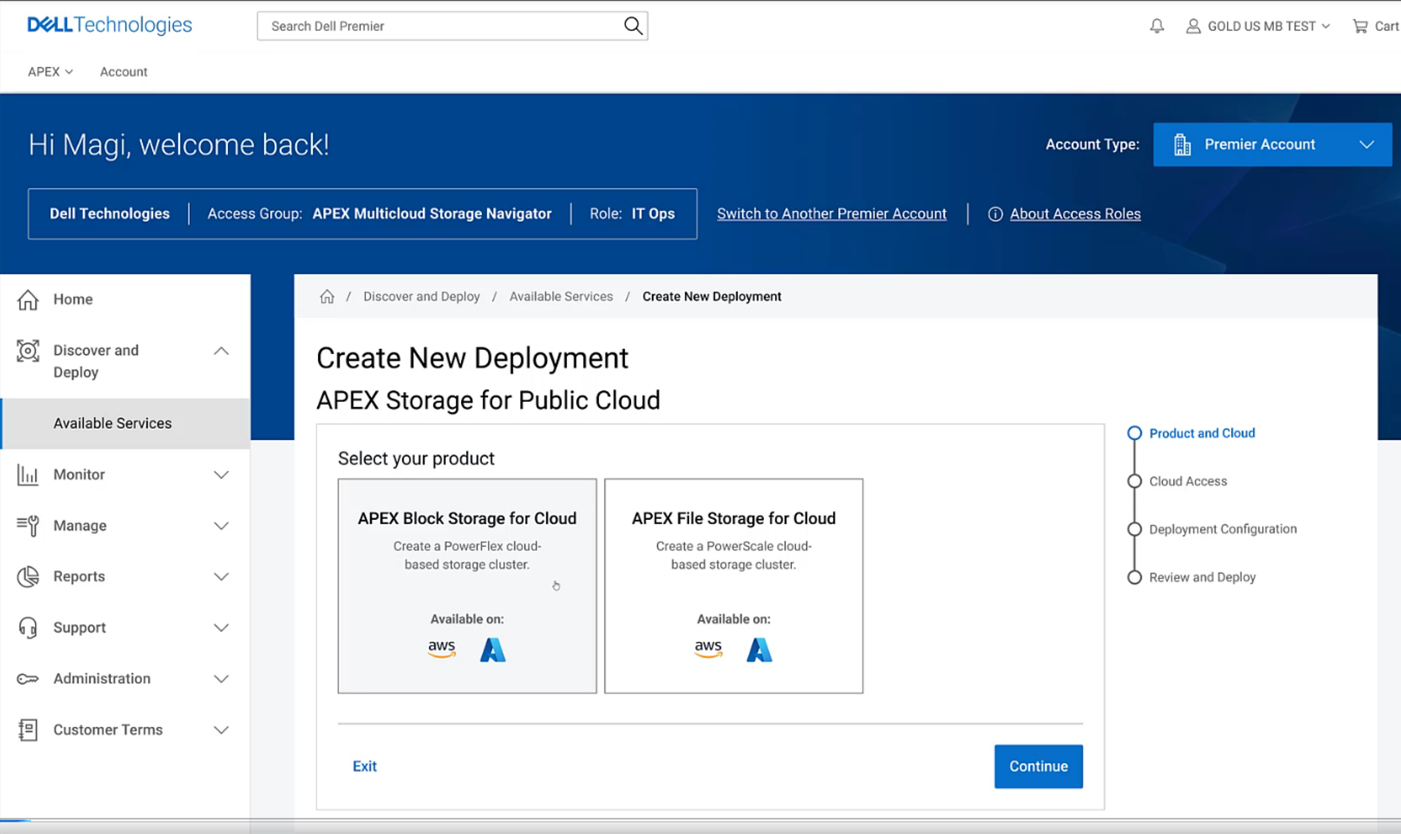
Figure 2. APEX Storage for Public Cloud service offers highly agile data mobility options in the largest public clouds.
Simply choose the type of storage, the performance tier, and the cloud provider. It’s that easy.
The APEX Storage for Public Cloud service brings the software IP of our flagship file and block storage platforms to Azure and AWS. On the block side, this means linear scale-out performance, better resiliency, and native mobility. On the file side, it means enterprise-grade data protection, extreme scalability, and native mobility.
Monitoring all this is made easy within the APEX console. With rapid reach to granular metrics and access to element managers, admins have visibility and control across their entire Dell estate from on prem to colo, to edge, and to public clouds.
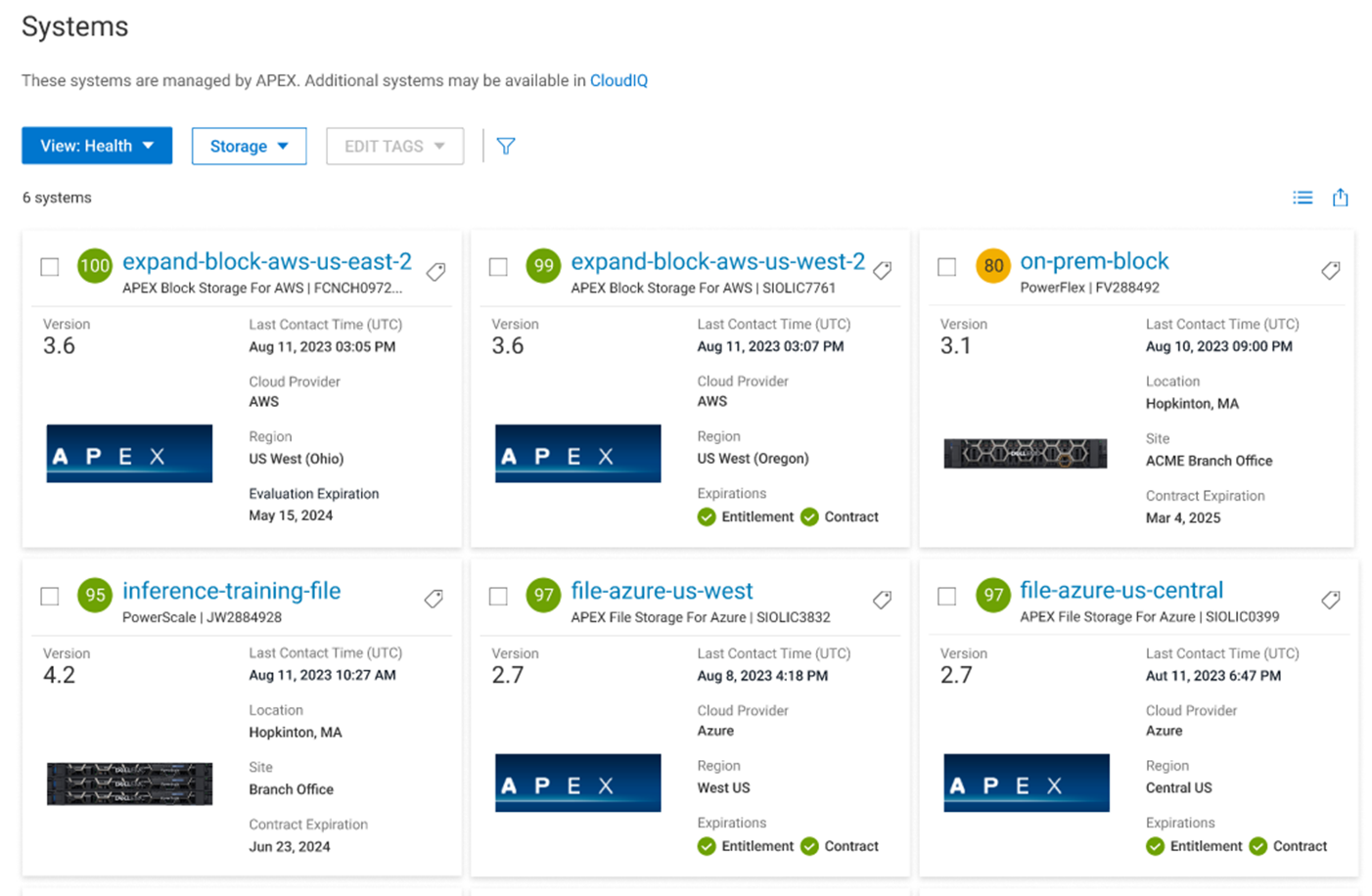
Figure 3. The APEX console provides significant monitoring and management capabilities across the entire Dell estate.
Moving data to multiple clouds is just as easy as provisioning it. With the APEX Navigator for Multicloud Storage, we can create a volume mobility group that links our on-prem storage to our new cloud-based storage.
Simply choose the snapshots you want to move and run the job; secure automation based on zero trust handles the rest. Whether you’re moving data on prem to the public cloud or between public clouds, APEX multicloud services simplify the entire process in any direction, allowing maximum flexibility for workload placement.
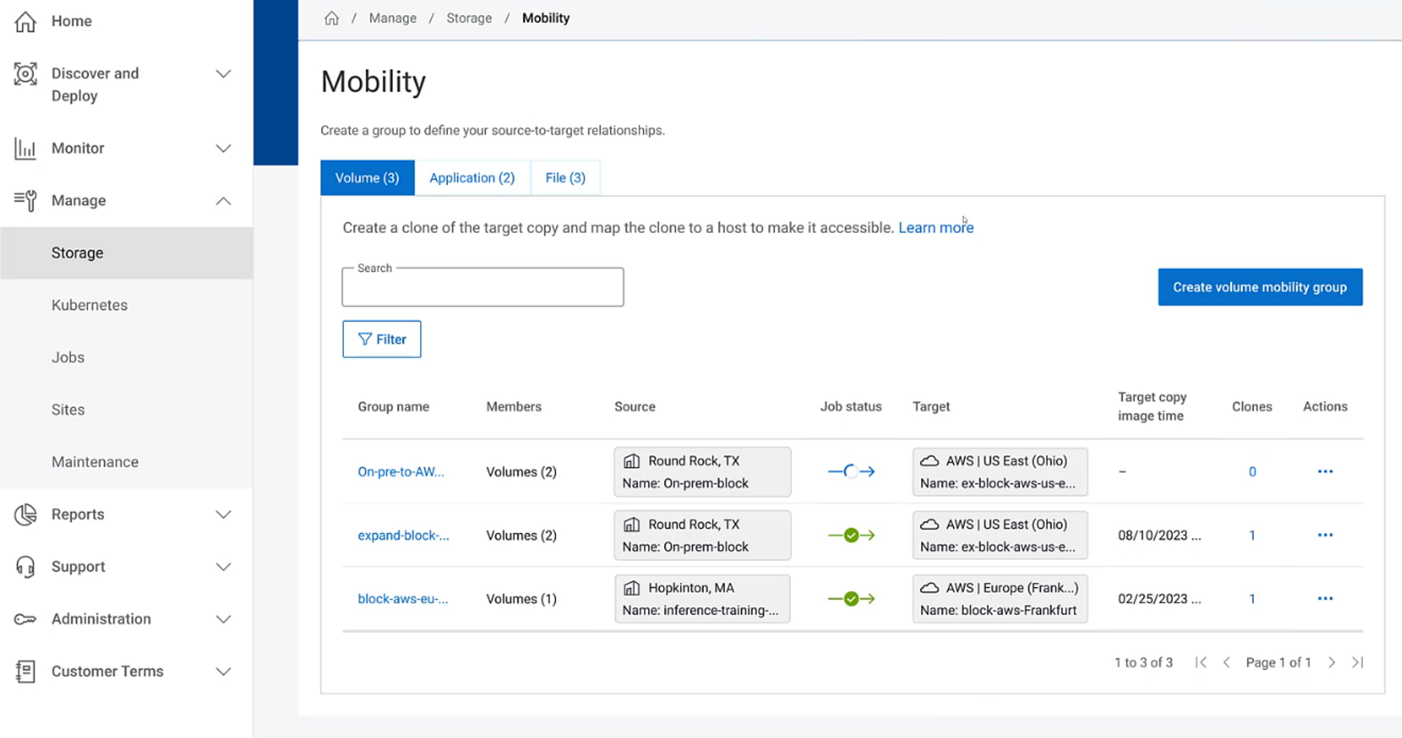
Figure 4. APEX Navigator volume mobility groups simplify data transfer to and from any location, on prem or in the public cloud.
It’s not just data that needs to make this round-trip journey. More enterprise applications are becoming containerized and are also traveling closer to those mission-critical data acquisition locations in the public cloud, colo, and at the edge.
Decisions made now can have a lasting impact for years. Continuous evaluation and optionality are both keys to ensure optimal placement. APEX services combine to help optimize app placement to and from any position.
The APEX Navigator for Kubernetes provides an entire suite of tools designed to help admins manage, monitor, and provide application and storage mobility across all Kubernetes stacks, on prem or in the public cloud.
From within the APEX console, admins simply onboard their Kubernetes clusters and install the Dell CSM modules as needed. From container monitoring to volume replication to app mobility, admins can choose from several helpful tools designed to improve the management experience.

Figure 5. APEX Navigator for Kubernetes, onboarded application clusters view
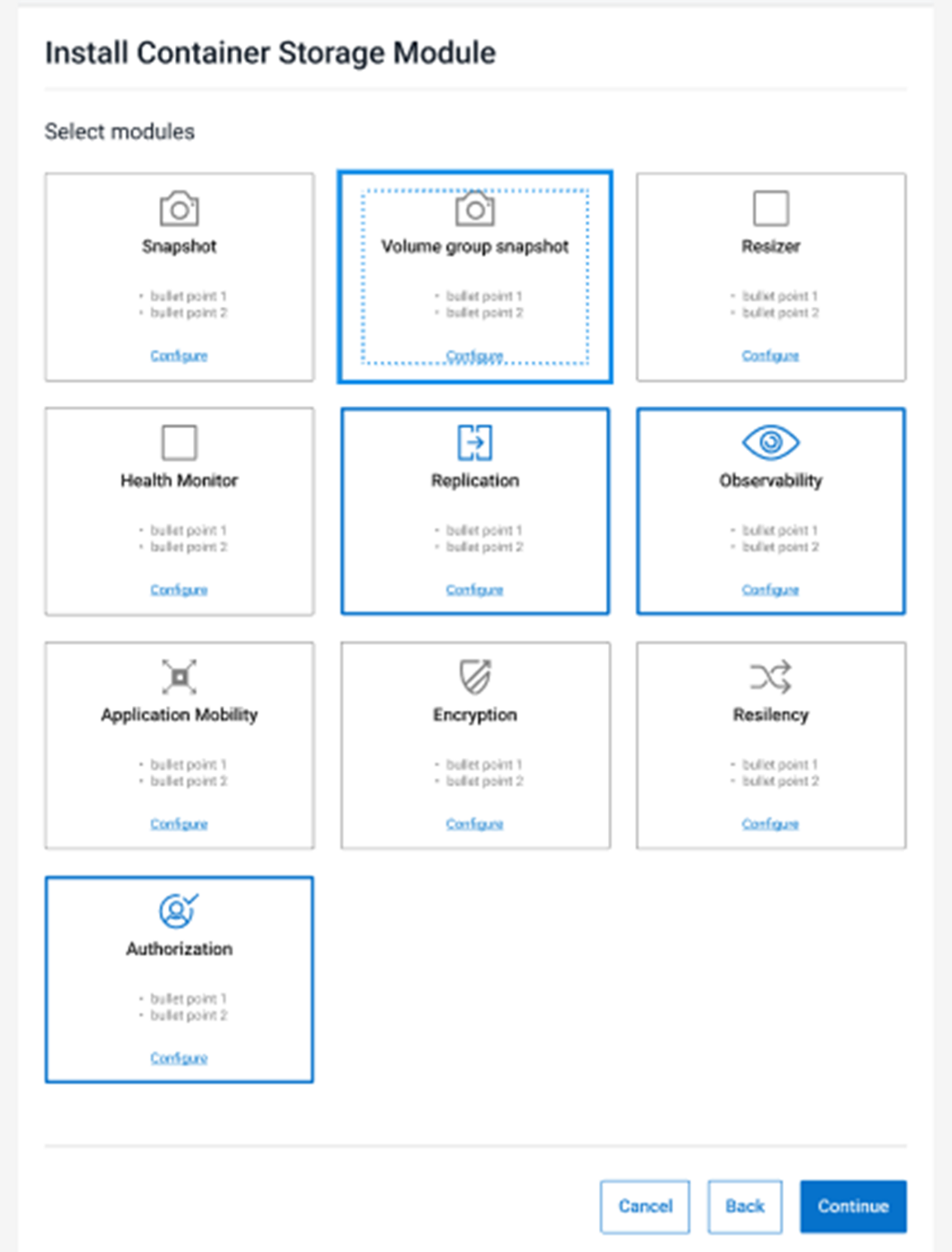
Figure 6. Dell CSM modules provide a suite of storage and application management tools for Kubernetes clusters.
The application mobility module simplifies the entire process of moving containerized applications with a few clicks. Admins can select a source cluster, choose the namespaces they want to migrate, and then select the target cluster. An entire namespace is available wherever needed, with all the underlying data replicated and available at each site.
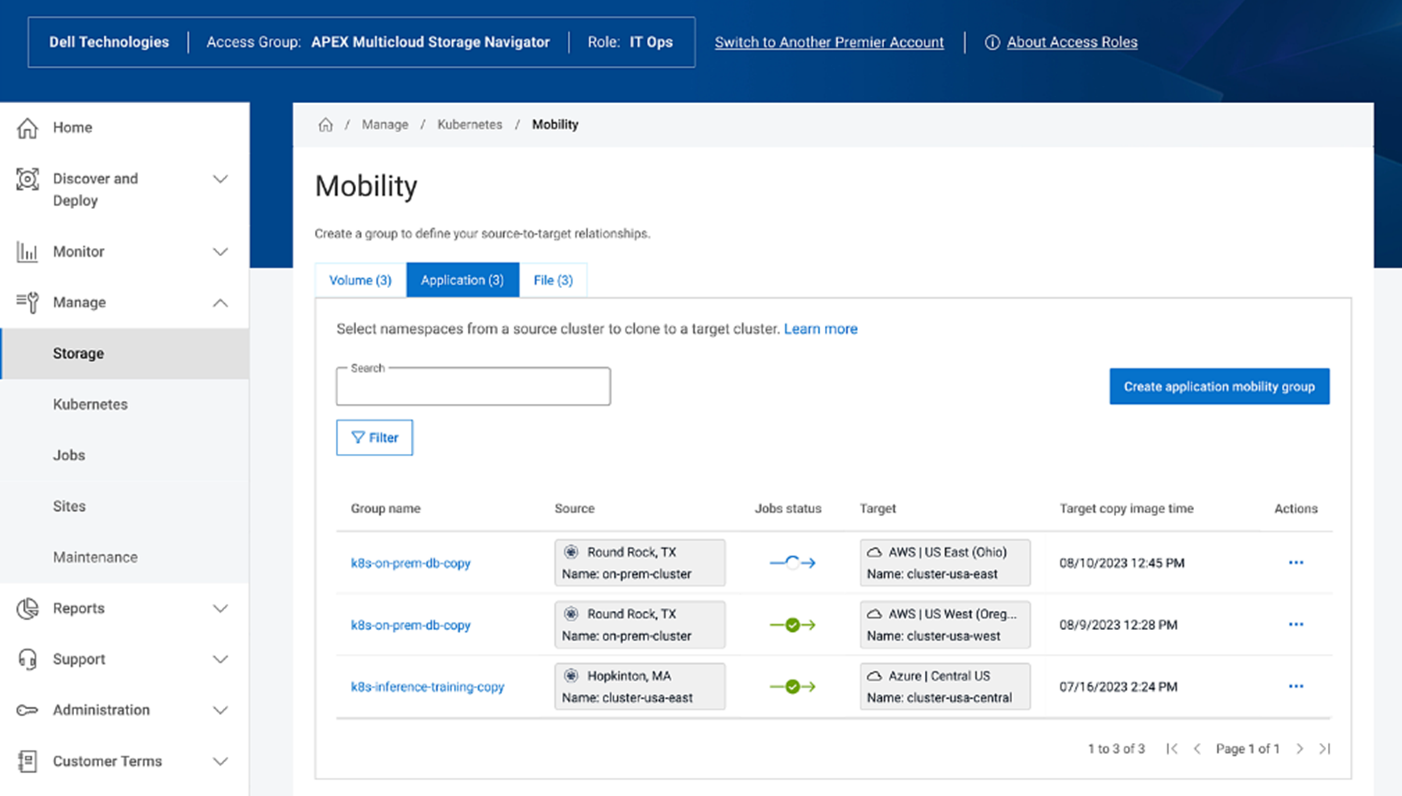
Figure 7. APEX Navigator for Kubernetes application mobility groups securely transfer entire namespaces and underlying data.
Dell APEX provides more than multicloud apps. With our common storage layer, we’ve now seamlessly connected our high-performance on-prem infrastructure to the public cloud, bidirectionally.
APEX now brings the cloud experience on prem with APEX Cloud Platforms optimized for Microsoft Azure, Red Hat OpenShift, and VMware—giving teams the ability to place workloads on preferred cloud environments as needed, with the security, performance, and control of an on-prem solution.
An app can be created and deployed natively in the public cloud or deployed on prem for cost savings and a performance boost with any of our APEX Cloud Platforms. This flexibility helps teams become more productive without having to step into unfamiliar territory.

Figure 8. Dell assets inside the Azure portal are monitored.

Figure 9. The Dell APEX Cloud Platform extension inside the Windows Admin Center
A multicloud approach to workload placement comes with benefits but also enormous complexity. Even with many of the safeguards out there, the public cloud may not be an option. This is often the case with enterprise AI applications, where performance and data governance are key.
Dell APEX Compute provides high-performance bare metal nodes delivered to the data center that combine with other APEX services and support all operating systems and container orchestrators.
With APEX Compute, admins can choose the number of GPUs and the node type, and then select the performance tier needed. Bare metal delivered to the data center is now available in a hassle-free process.

Figure 10. Ordering GPU enhanced bare metal nodes is made easy with APEX Compute.
The APEX portfolio combined with our common storage layer bridges the gap between all these different environments. It allows us to deliver an incredible multicloud experience—enabling innovation at every step.
The entire APEX portfolio of services can be renewed as a subscription or can be decommissioned as needed. No more lengthy commitments, no more costly up-front investments. APEX helps businesses focus on innovation instead of financial roadblocks.
Author: David O’Dell, Sr. Principal Engineer, Technical Marketing